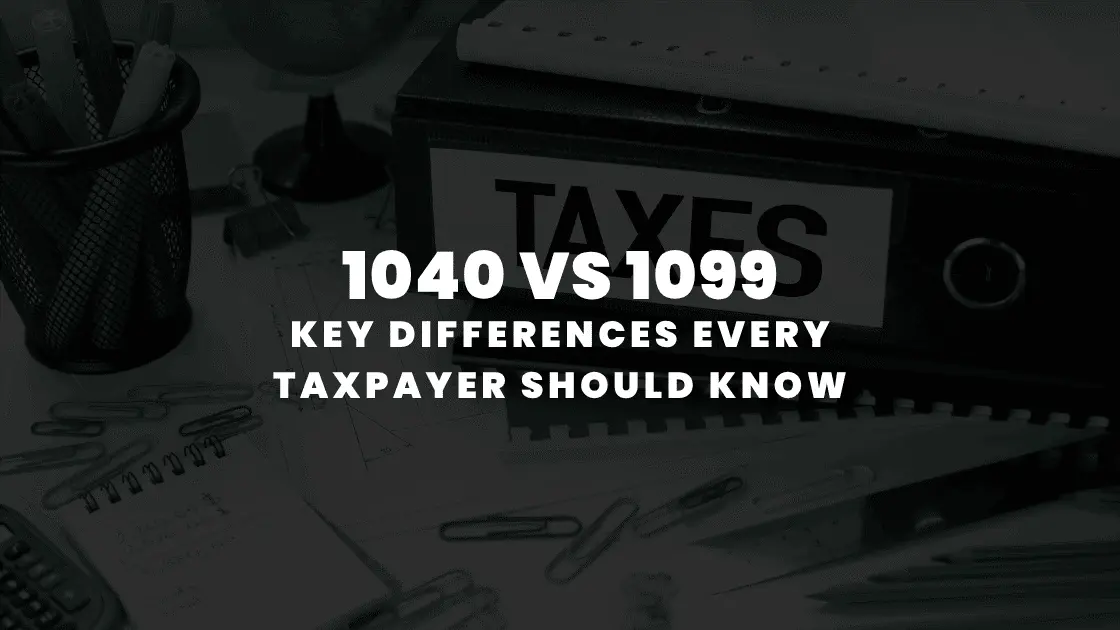August 14 2025 | By Shoaib Jamil | 5 minutes Read

What Are Tax Slabs in USA?
United States Tax Brackets Explained
Tax Slabs in USA for the Current Year
How Do Tax Slabs in USA Work?
United States Tax Brackets and Filing Status
Why Are United States Tax Brackets Progressive?
Common Questions About Tax Slabs in USA
Don’t Struggle with Taxes, Let Monily Handle It For You!
Taxes are one of those things most of us don’t love talking about, but they affect all of us, whether we are working for a paycheck or running a business. If you have ever wondered how much of your hard-earned money goes toward taxes, or why you’re taxed at different rates based on your income, you’re not alone.
Understanding tax slabs in the USA can feel confusing, but once you break it down, it becomes much clearer.
In this blog, we will take you through everything you need to know about tax slabs in the USA and the tax brackets that impact them. Whether you’re filing taxes for the first time or just looking to understand how the system works, we have got you covered.
Tax slabs, also known as United States’ tax brackets, refer to the different levels of income that are taxed at varying rates. In the United States, income tax is progressive, meaning the more you earn, the higher percentage of your income you will pay in taxes.
The US government divides income into different ranges, each associated with a specific tax rate. These ranges or slabs are updated every year to account for inflation and other economic factors.
In simpler terms, the tax slabs in the USA determine how much of your income is taxed at each rate. So, if you fall into a higher bracket, only the income within that bracket is taxed at a higher rate, and not your entire income.
The United States tax brackets are essentially the same as tax slabs. The country uses a progressive tax system, meaning that the more you earn, the higher percentage of your income is taxed. But don’t worry, it’s not as scary as it sounds!
The IRS (Internal Revenue Service) sets tax rates every year for different levels of income. These rates apply only to the income that falls within each bracket. So, if your income pushes you into a higher bracket, you don’t pay that higher rate on your entire income, only on the income that exceeds the lower bracket thresholds.
In the United States, the tax system is divided into seven main tax brackets. These are:
These are federal tax rates. If you live in a state that also charges income tax, your overall liability could be higher.
To understand how tax slabs work, let’s take an example. Suppose you’re a single filer earning $60,000 a year. Here’s how the brackets would apply:
Total tax: $1,100+$4,047+$3,360 = $8,507
This is how progressive tax works. You don’t pay 22% on your entire $60,000. Each portion of income is taxed separately at the appropriate rate.
Your tax return depends on both income and filing status. The IRS recognizes these categories:
Married couples generally get wider tax brackets, allowing more income to be taxed at lower rates.

The US uses progressive tax brackets, so people contribute according to their ability to pay. Higher earners pay a greater share of their income, helping reduce income inequality and fund government programs.
It’s also worth noting that other taxes, like payroll taxes for Social Security and Medicare, have their own rules and rates, adding to the overall tax system.
Here are some common questions individuals have about tax slabs in the US.
1. Do tax slabs change every year?
Yes. The IRS adjusts them annually to account for inflation.
2. What if I earn more than the highest bracket?
You only pay the top rate on the income above that threshold. For instance, earning $600,000 means only income over $578,100 is taxed at 37%.
3. Can deductions or credits lower my tax bracket?
Yes. Reducing your taxable income may move you into a lower bracket, cutting down your tax bill.
Understanding tax slabs in the USA is essential for managing your money and staying compliant with the IRS rules. With the progressive system, you pay higher rates only on the portion of income in higher brackets.
By learning how United States tax brackets work and using deductions or credits, you can save more and plan better for tax season.
Taxes may seem complex, but you don’t have to deal with them alone. If you want to ensure you’re paying the right amount while maximizing savings, expert help can make all the difference.
This is why many business owners across the US trust us at Monily to handle their taxes. From explaining tax slabs in USA to filing taxes for you, we offer end-to-end support.
Don’t let tax brackets and stress overwhelm you. Book a consultation with us and let us handle your tax filing from start to finish.
Subscribe for business tips, tax updates, financial fundamentals and more.
MORE BLOGS

Starting a business is exciting, right? There’s innovation, there’s growth potential, and the thrill of building something from scratch. But amid all the planning, entrepreneurs often […]
Learn More →
Starting a business is quite thrilling, until tax season arrives. For founders, understanding the nitty gritty of startup taxation can make a difference between financial efficiency […]
Learn More →
Tax season can be overwhelming, especially when you’re staring at multiple forms with numbers instead of names. Two of the most common, and often misunderstood, are […]
Learn More →